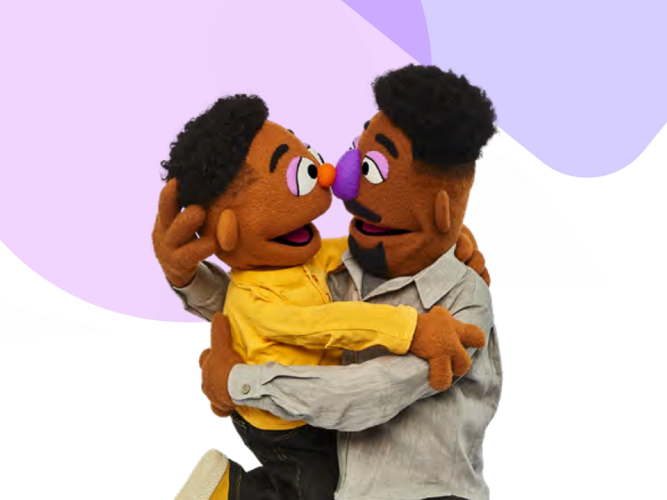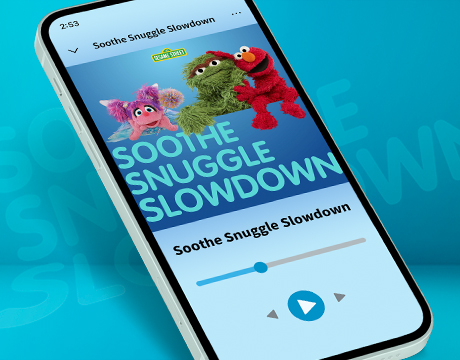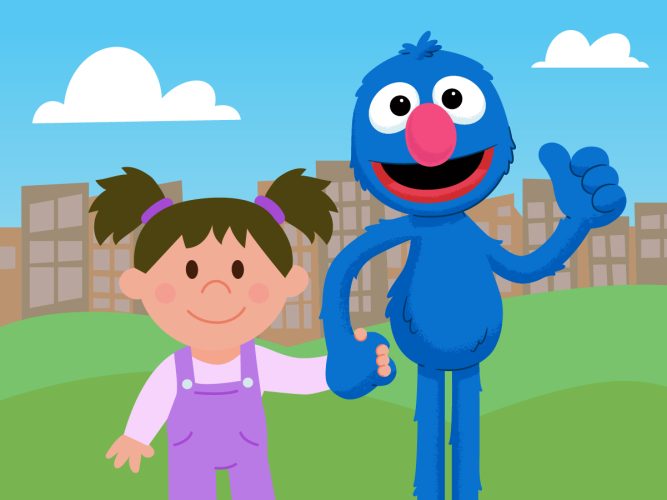
Count on This! The 10-Second Hum
Humming for 10 seconds or more can help both children and adults calm their minds and bodies.
Did you know humming is naturally relaxing?
Humming makes vibrations in our throat. The vibrations activate a nerve that carries signals from the brain to the body. This nerve, called the vagus nerve, helps us to soothe ourselves and calm our bodies after we’ve been in stressful situations, so we can better manage big feelings.
In moments of emotional distress, when we’re the most concerned about children’s emotional well-being, a strategy like this may offer children some short-term relief. Share this video with children and try humming along with The Count and his potato friend together (it can be to any tune or just a humming sound).
Then, in challenging moments in the future (perhaps when children are feeling frustrated, angry, worried, nervous, or even over-excited), invite children to join you in humming, singing, or “buzzing” like a bee (these activities all create vibrations in the throat). Help them notice how they feel afterward.

Hum Along to Sunny Days With Elmo and Friends
A video about the power of humming.

Mindful Caregivers
Practicing mindfulness is a great way to slow down and reset.

What Mental Health Specialists Want Parents to Know About Anxiety
An article for parents about childhood anxiety

When You’re Concerned About Your Child’s Mental Health
An article for parents concerned about children’s mental health.

Mental Health Resource and Support List for Parents
If you’re concerned about—or considering seeking professional support for—your child’s emotional well-being, there are lots of resources just for you.

Soothe Snuggle Slowdown: Songs and Strategies for Restful Sleep
This curated playlist helps little ones (and their tired grown-ups) relax and unwind! A mix of mellow tunes sets the mood for naps, bedtime… or just some much needed down time.

Components of Community: Creating Social Connections to Address Mental Health
